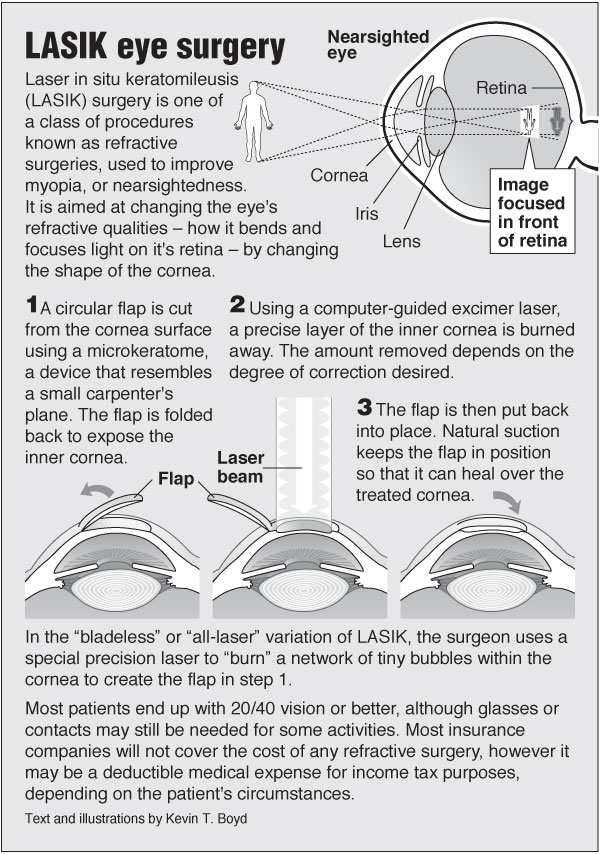The Evolution Of Advanced Cataract Surgery Techniques: A Thorough Review
The Evolution Of Advanced Cataract Surgery Techniques: A Thorough Review
Blog Article
cataract surgery types of lenses Written By-Mcfadden Whitfield
As you check out the evolution of advanced cataract surgical treatment methods, you'll witness a journey marked by ingenuity and accuracy. From ancient methods that led the way for modern technologies to advanced innovations that are reinventing the area, the comprehensive introduction of cataract surgery techniques is a testimony to human progression and dedication to enhancing patient end results. The detailed interaction between historic methods and advanced advancements creates an appealing narrative that clarifies the development of among the most typical surgeries worldwide.
Historical Techniques and Innovations
Explore how early cosmetic surgeons changed cataract therapy by using ingenious strategies and tools. In the past, cataract surgical procedure was a dangerous and excruciating treatment. Nevertheless, old Indian physicians were amongst the very first to attempt surgical interventions for cataracts, utilizing a technique called 'couching' where a sharp tool was utilized to push the cataract back right into the eye. This technique, though crude by today's requirements, laid the groundwork for future improvements in cataract surgical procedure.
As time proceeded, Arab physicians made considerable contributions by developing specialized needles for cataract removal. These needles were used to penetrate the cataract and after that remove it from the eye, noting a substantial improvement in medical accuracy.
Later, in https://www.thestandard.com.hk/section-news/section/4/176311/New-laser-treatment-will-have-smile-in-eyes-sooner , the French doctor Jacques Daviel spearheaded the method of extracapsular cataract removal, where the whole lens was removed undamaged via a larger cut. This noted a major advancement in cataract surgical treatment strategies, leading the way for the contemporary procedures we use today.
Modern Surgical Approaches
Early strategies in cataract surgical procedure have actually evolved dramatically, causing the advancement of modern medical strategies that focus on accuracy and enhanced patient end results. Modern cataract surgical procedure currently often involves a procedure called phacoemulsification, where an ultrasonic gadget separate the cataract for removal via a tiny incision. This technique allows for quicker recovery and decreases the danger of complications compared to older approaches.
In addition, making use of advanced intraocular lenses (IOLs) has transformed cataract surgical treatment end results. These lenses can deal with not just the cataract but additionally other refractive mistakes like astigmatism, decreasing the need for glasses post-surgery.
Surgeons today likewise have accessibility to sophisticated imaging modern technologies that aid in specific preoperative planning and intraoperative decision-making. Optical comprehensibility tomography (OCT) and various other imaging methods provide detailed photos of the eye's structures, allowing for a more tailored strategy per client's surgery. With these developments, contemporary cataract surgery methods remain to improve, providing people much safer treatments and far better aesthetic end results.
Arising Technologies in Cataract Surgery
With improvements in innovation reinventing the field, cataract surgical treatment is witnessing the assimilation of innovative methods for enhanced patient results. Emerging modern technologies in cataract surgical procedure are reshaping the landscape of ophthalmic procedures. One such improvement is femtosecond laser innovation, which permits accurate corneal incisions, capsulotomies, and lens fragmentation, leading to enhanced surgical accuracy and end results.
Additionally, intraoperative aberrometry is obtaining appeal, allowing real-time dimensions of refractive errors during surgical procedure to improve intraocular lens power computations and minimize postoperative refractive shocks.
In addition, the use of advanced imaging innovations like optical comprehensibility tomography (OCT) and intraoperative wavefront aberrometry help cosmetic surgeons in precise medical planning and execution. These devices give in-depth physiological information and assistance tailor surgical approaches for each client's one-of-a-kind eye characteristics.
Moreover, advancements in artificial intelligence are being checked out to assist in preoperative planning, intraoperative decision-making, and postoperative treatment, possibly maximizing surgical results and patient fulfillment. Embracing these arising innovations in cataract surgery holds guarantee for more boosting client outcomes and making sure the continued evolution of ocular medical techniques.
Conclusion
As you trip through the background of cataract surgery, you witness the change from ancient techniques to innovative technologies. Like a phoenix rising from the ashes, cataract surgical procedure has progressed into a beacon of hope and technology.
Equally as a caterpillar emerges from its cocoon as a stunning butterfly, cataract surgical procedure has actually progressed into a refined art kind, offering patients more clear vision and a brighter future.
The evolution proceeds, shining a light on countless opportunities.
